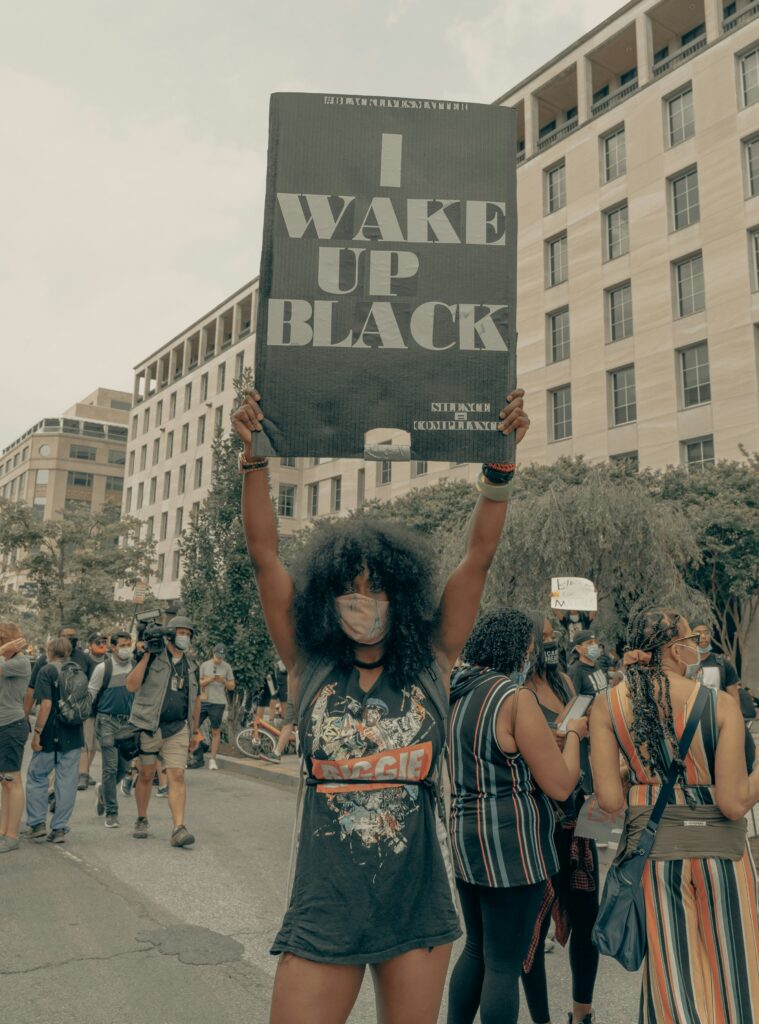TikTok has been enabling brands to have more authentic connection with their customers, especially the Gen Z demographic. It’s also been one of the driving forces behind the creator economy. But now we’re potentially facing the first ever U.S. ban of a media platform by Congress. So, what’s next?

What does the ban actually mean?
The law, officially known as the “Protecting Americans from Foreign Adversary Controlled Applications Act,” requires ByteDance, TikTok’s parent company, to sell the app within nine months or face a ban in the United States. The law has provisions to block TikTok from app stores if ByteDance does not comply. In addition to the national ban, certain states have attempted their own bans on TikTok, but these have faced legal challenges.
Given the legal timeline, brands currently planning TikTok marketing will more than likely be able to run their campaigns unimpeded through 2025 and possibly 2026.
How likely is the ban to actually go into effect?
Nobody seems to know for sure. TikTok’s CEO, Shou Zi Chew, has publicly stated that the company plans to fight the ban, citing First Amendment rights. The company has already filed a legal challenge against the legislation that mandates the sale of TikTok to a non-Chinese entity. We’re looking at a lengthy legal battle, possibly lasting years.
Should you keep TikTok on your plans?
Given the legal timeline, brands currently planning TikTok marketing will more than likely be able to run their campaigns unimpeded through 2025 and possibly 2026. The app has also not reported losing any users since the action by Congress, so audiences will remain unchanged. Given the battles ahead before anything can really happen, TikTok should remain a viable platform for 2024 and 2025.
Beyond that, if TikTok is not able to overturn the ban, its value to marketers will depend on who the buyer ends up being. Here are three things to look for:
- Does the buyer plan on changing the algorithm?
This is the secret sauce that sets TikTok apart from Meta platforms and creates the experience users love. Unlike Meta, which uses an algorithm based on relationships and interactions between users, the TikTok algorithm is based on “interest signals.” So instead of feeding you content that’s popular with your friends, TikTok is more likely to show you videos that are more personally relevant to you. Any significant change to this could mean a big drop in audience. - Are they increasing the ad load?
TikTok has established a very delicate balance that meets the needs of marketers without frustrating users. Once again, changing what’s working could drive audiences away. - Are they changing creator monetization?
Creators are the heart of TikTok and many of them are motivated by a monetization plan that’s easier to access and more lucrative than other platforms. If this changes, they may not be as motivated to fill the content pipeline.





